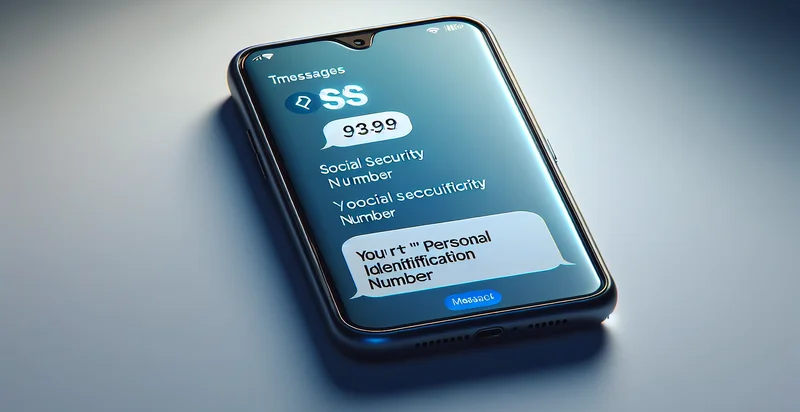Identify if password is in a text message
using AI
Below is a free classifier to identify if password is in a text message. Just input your text, and our AI will predict if a password is present - in just seconds.

Contact us for API access
Or, use Nyckel to build highly-accurate custom classifiers in just minutes. No PhD required.
Get started
import nyckel
credentials = nyckel.Credentials("YOUR_CLIENT_ID", "YOUR_CLIENT_SECRET")
nyckel.invoke("if-password-is-in-a-text-message", "your_text_here", credentials)
fetch('https://www.nyckel.com/v1/functions/if-password-is-in-a-text-message/invoke', {
method: 'POST',
headers: {
'Authorization': 'Bearer ' + 'YOUR_BEARER_TOKEN',
'Content-Type': 'application/json',
},
body: JSON.stringify(
{"data": "your_text_here"}
)
})
.then(response => response.json())
.then(data => console.log(data));
curl -X POST \
-H "Content-Type: application/json" \
-H "Authorization: Bearer YOUR_BEARER_TOKEN" \
-d '{"data": "your_text_here"}' \
https://www.nyckel.com/v1/functions/if-password-is-in-a-text-message/invoke
How this classifier works
To start, input the text that you'd like analyzed. Our AI tool will then predict if a password is present.
This pretrained text model uses a Nyckel-created dataset and has 2 labels, including Contains Password and Does Not Contain Password.
We'll also show a confidence score (the higher the number, the more confident the AI model is around if a password is present).
Whether you're just curious or building if password is in a text message detection into your application, we hope our classifier proves helpful.
Related Classifiers
Need to identify if password is in a text message at scale?
Get API or Zapier access to this classifier for free. It's perfect for:
- Fraud Detection: This function can be used in financial institutions to monitor text messages for potential phishing attempts. By identifying messages containing passwords, banks can alert customers and take preventive measures against unauthorized transactions.
- HR Compliance Monitoring: Human Resource departments can utilize this identifier to ensure employees do not share sensitive credentials through company communication channels. This helps to maintain compliance with data protection regulations and ensures the security of employee information.
- Customer Support Automation: Customer support chatbots can incorporate this function to flag messages that contain passwords. By doing so, they can automatically prompt users to refrain from sharing sensitive information, thus enhancing security in customer interactions.
- Social Media Filtering: Social media platforms can deploy this identifier to monitor user messages for shared passwords. By doing this, they can proactively prevent security breaches and protect users from account compromise.
- E-commerce Security: E-commerce platforms can integrate this function to scan communications for shared passwords related to user accounts. By detecting such occurrences, these platforms can educate customers on secure practices and prevent account takeovers.
- Educational Institution Security: Schools and universities can use this text classification to monitor student communications for shared passwords. Ensuring students do not exchange sensitive login details can help maintain the integrity of educational resources and personal data.
- Data Loss Prevention: Organizations can implement this feature in their data loss prevention (DLP) strategies to identify potential breaches through messaging platforms. By flagging any communications that contain passwords, they can take immediate action to protect sensitive information and mitigate risks.


